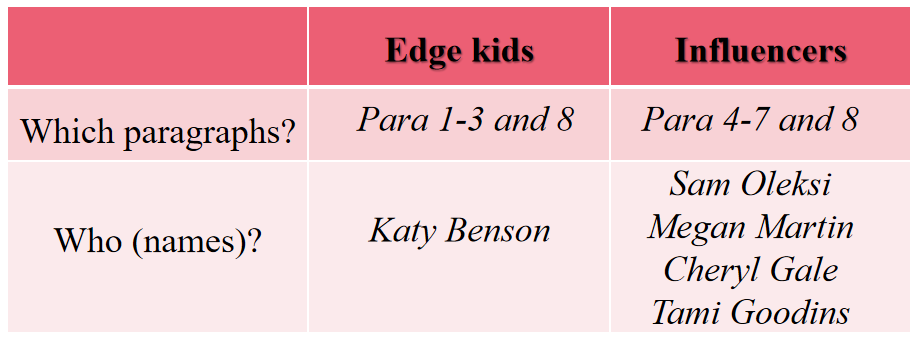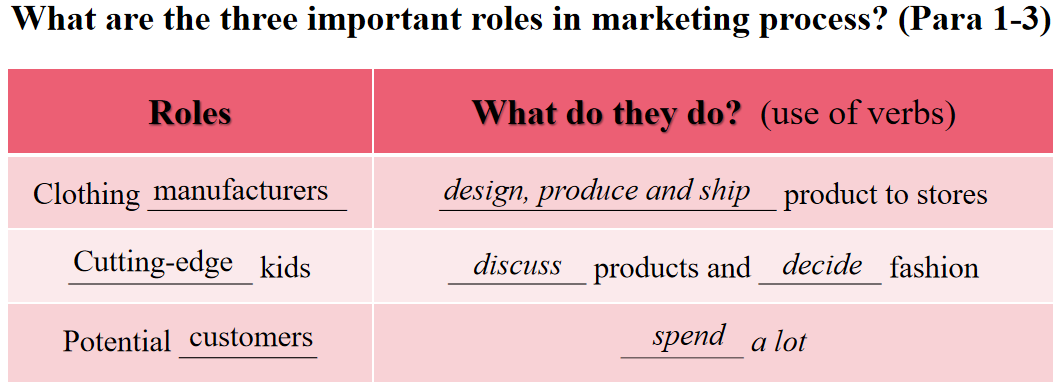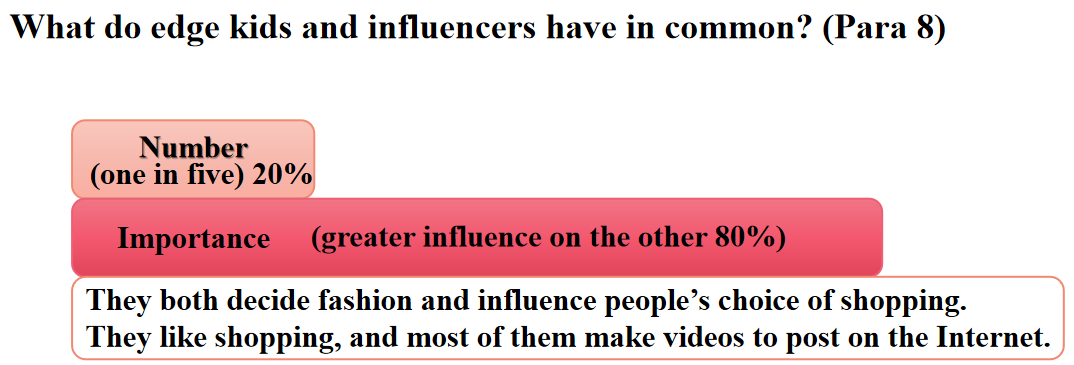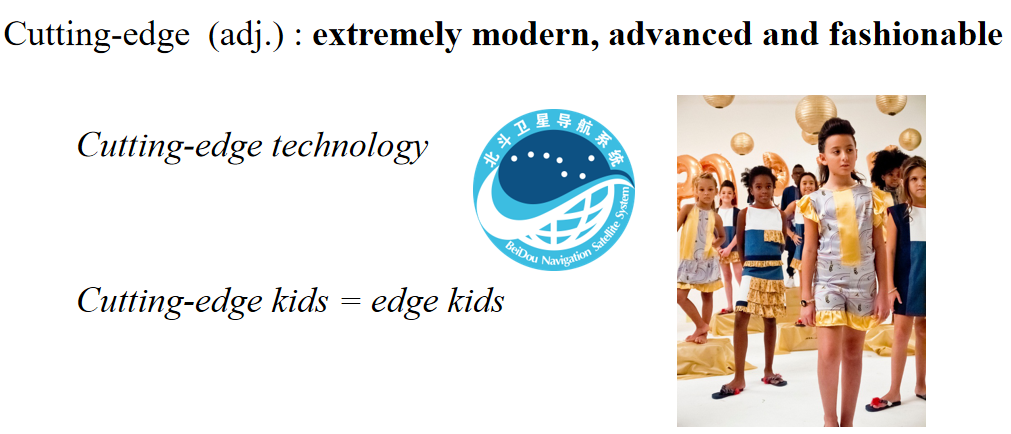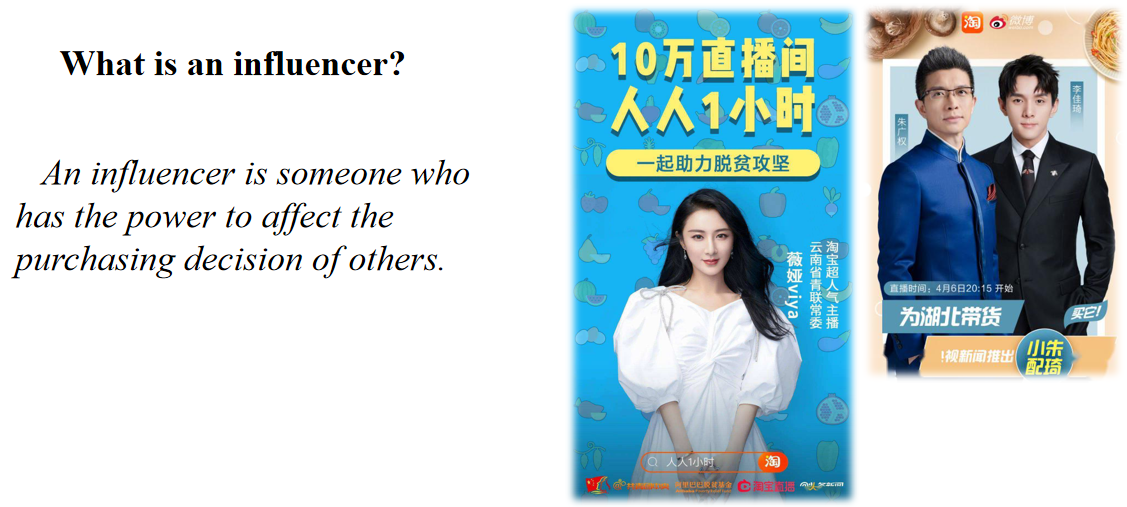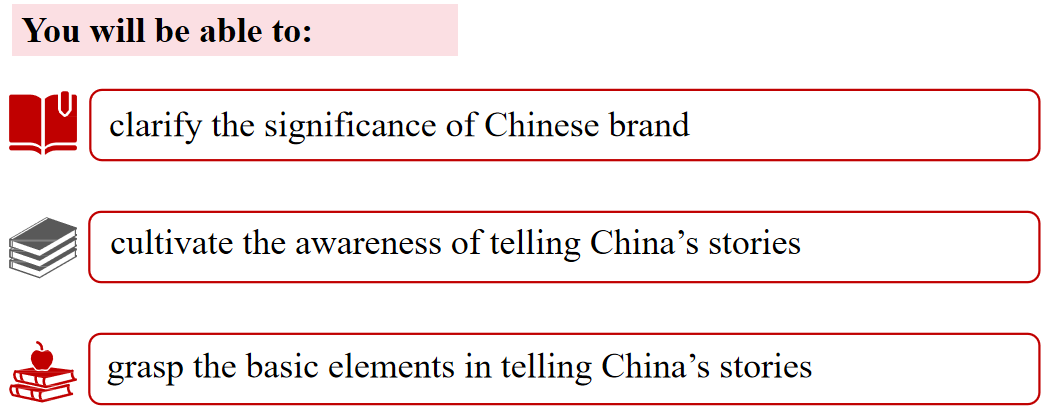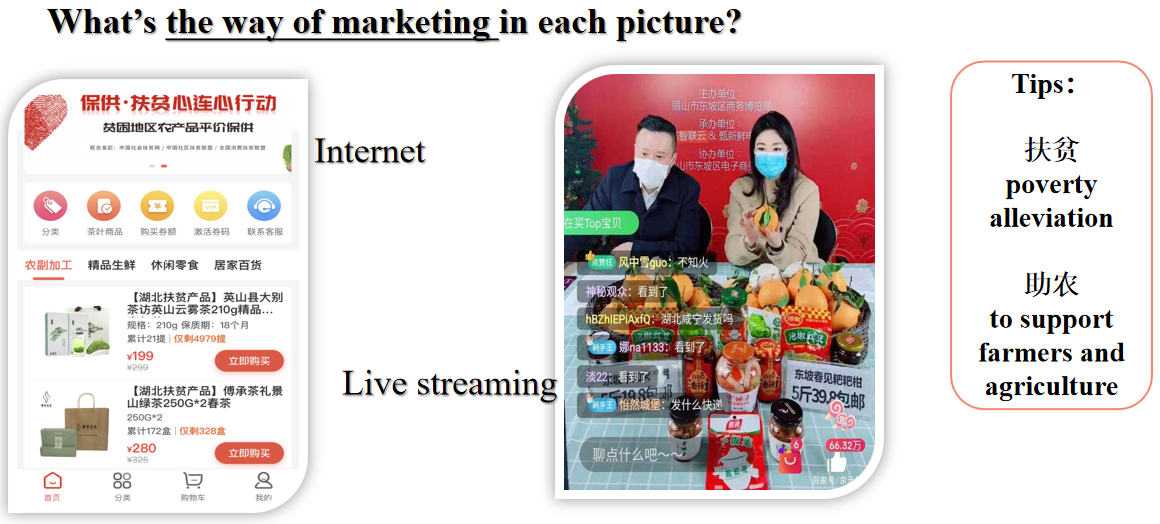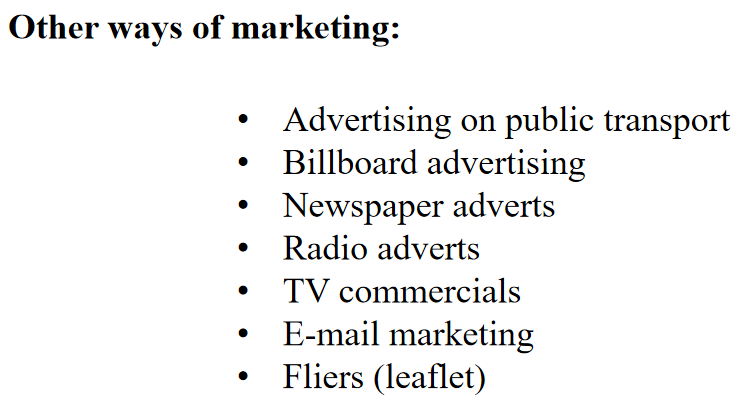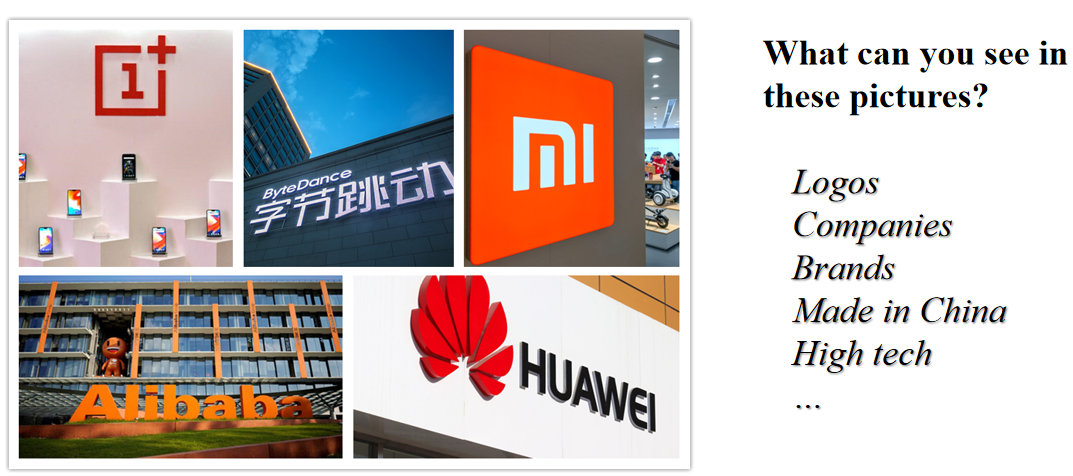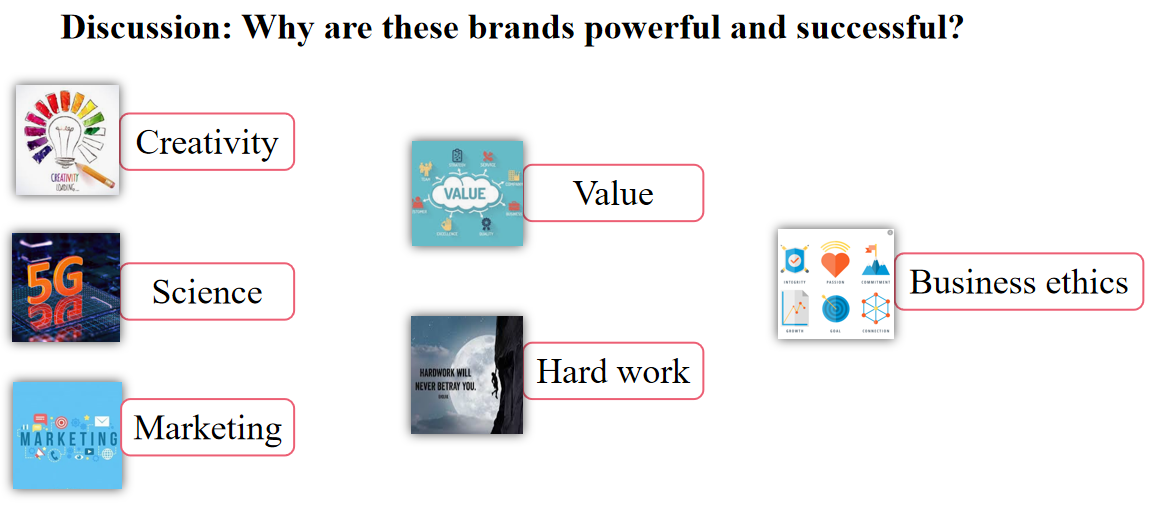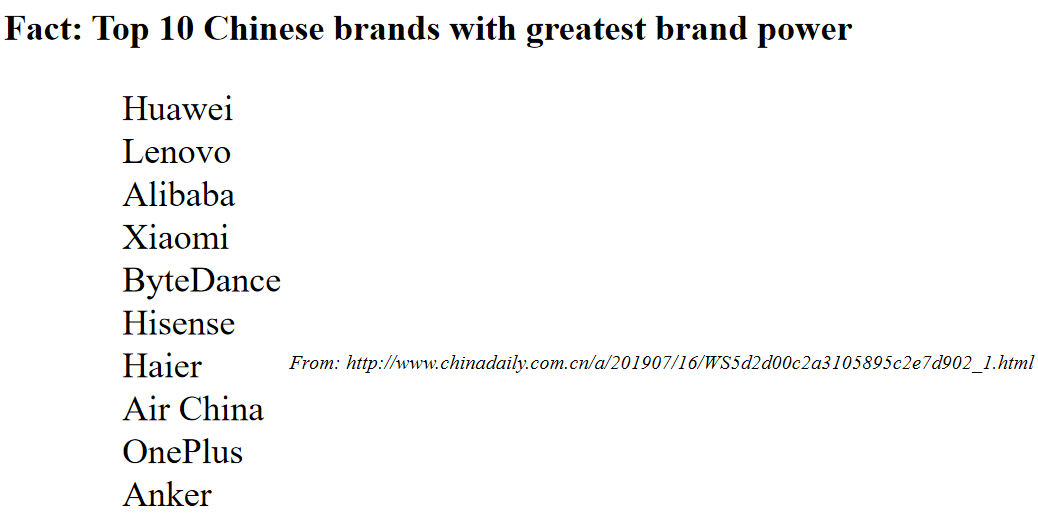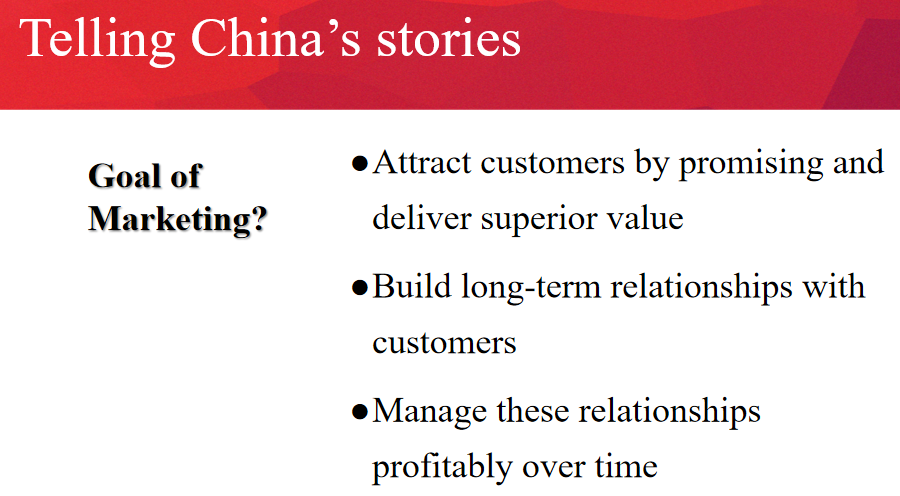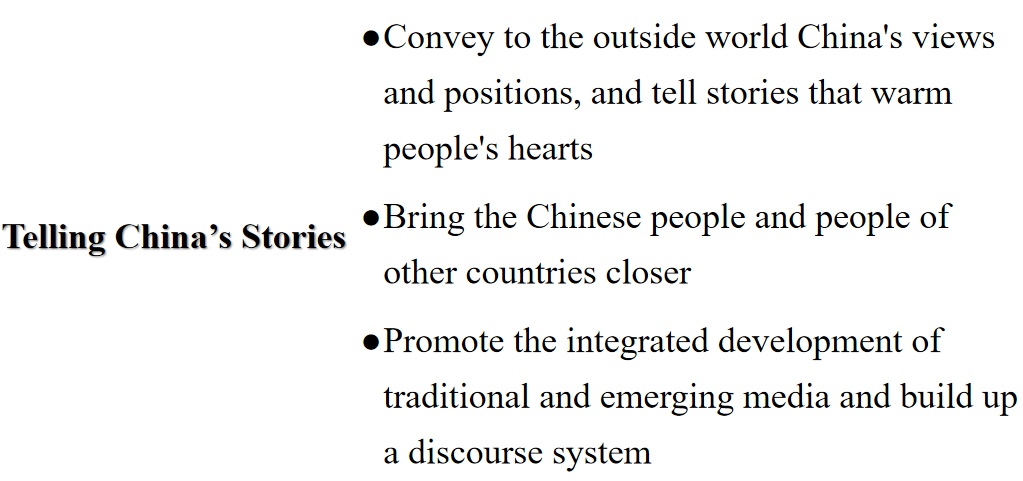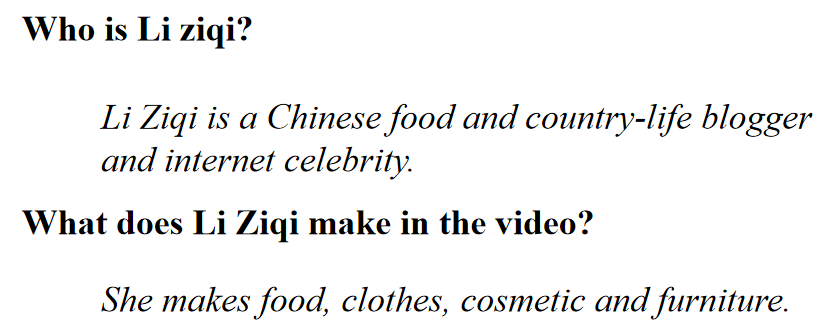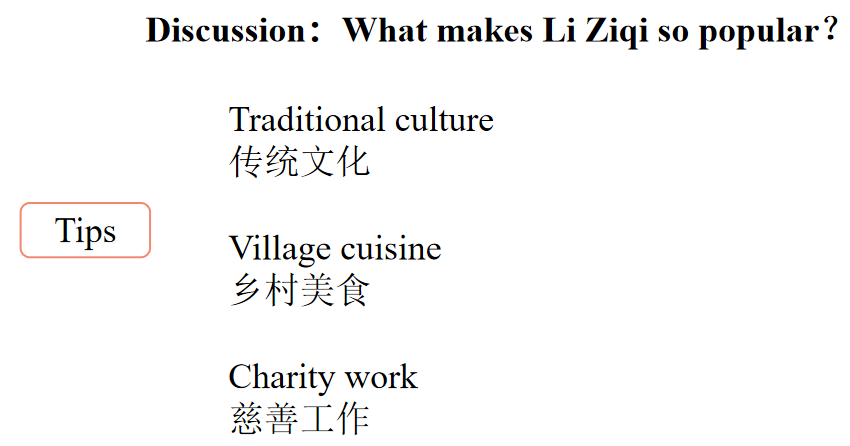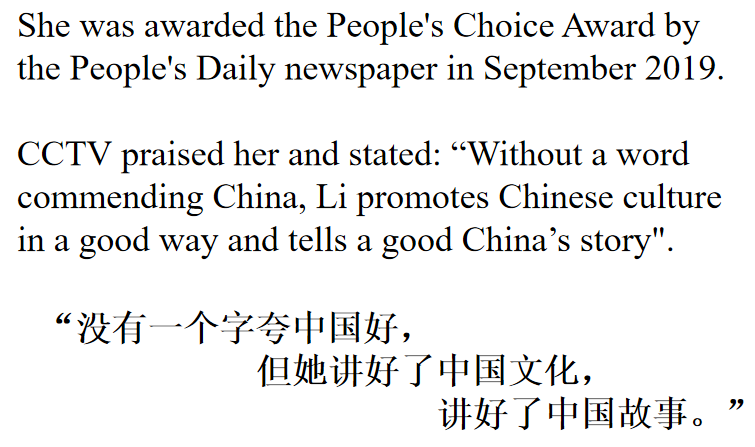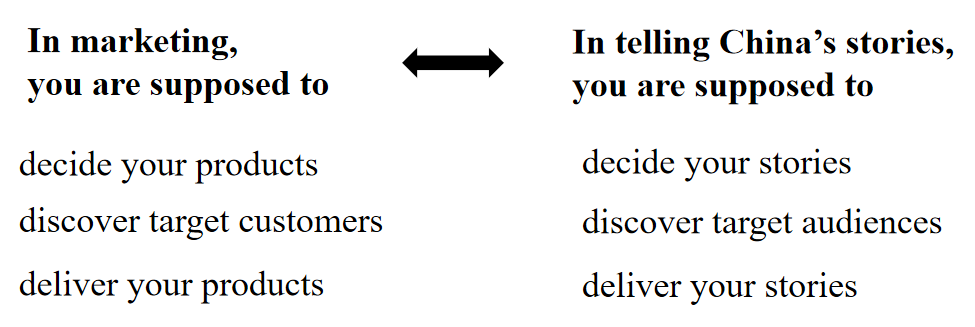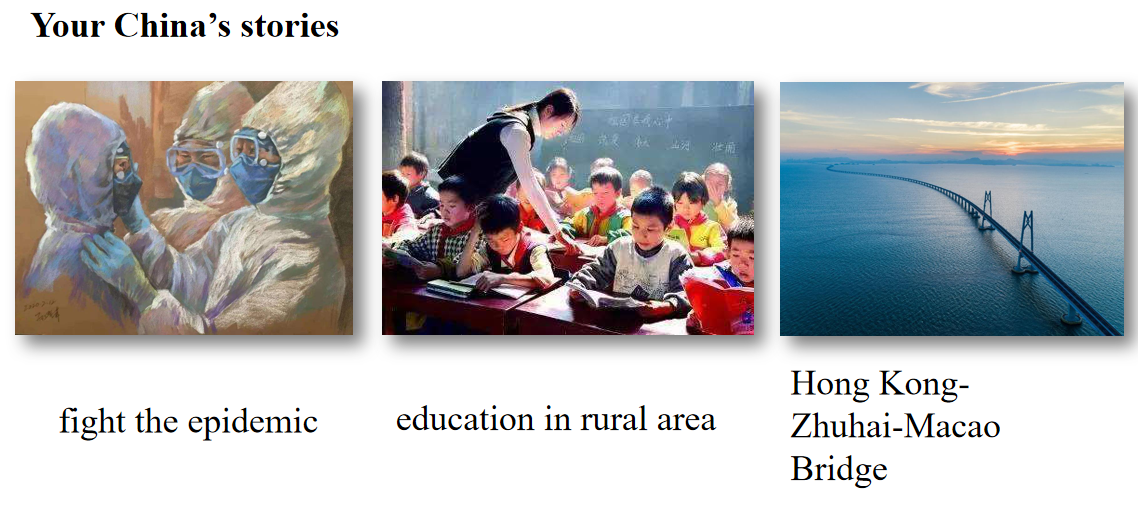-
1 课本
-
2 思政点
Unit 2 Marketing
listening and viewing
TextA
Wang Hong, the Chinese term for an Internet celebrity or influencer, can now be found in multiple modern-day English dictionaries as China is redefining the global influencer economy.
Social media influencers are now a global phenomenon. Film and sports stars, cultural icons, and opinion leaders use their popularity to sell anything from beauty, fashion, food, and beverage to education, technology, and even finance to their followers. Most of them are very interactive with viewers or buyers when selling products, for which they get an enormous amount of money from the promoters.
“网红”一词现在可以在多本现代英语词典中找到,因为中国正在重新定义全球的网红经济。
如今,社交媒体网红已成为一种全球性现象。电影明星、体育明星、文化偶像和意见领袖利用他们的知名度向他们的粉丝销售各种商品,商品范围涉及美容、时尚、食品和饮料,以及教育、技术,甚至金融。他们卖货时与观众或消费者积极互动,并从赞助商那里获得巨额报酬。
According to the National Bureau of Statistics1 of China, the direct market sizes of China’s new influencer economy in 2018, 2019, and 2020 were 38.5 billion, 96 billion, and 210 billion USD respectively, doubling each year. It is estimated that by the year 2025, the total market size of this new value chain will reach approximately 1,035 billion USD.
The figures might seem astonishing to some. However, it does not come as a surprise once we look closely at China’s current influencer market landscape. According to media data agency TOPKLOUT2, in 2020, there were more than 9 million influencers in China, each with at least 10,000 followers. This is more than anywhere else in the world, and the number keeps climbing. In 2019, the average number of daily posts published by these influencers was 37.5 million.
根据中国国家统计局的数据,2018年、2019年和2020年中国新兴网红经济的直接市场规模分别为385亿、960亿和2,100亿美元,每年都翻了一番。据估计,到2025年,这一新价值链的总市场规模将达到约10,350亿美元。
这些数字可能对一些人来说很惊讶。然而,只要我们仔细观察中国当前的网红市场格局,这就没那么令人意外了。根据媒体数据机构——克劳锐指数研究院的数据,2020年,中国有超过900万名网红,每个网红至少拥有1万名粉丝。这组数字比世界上任何其他地方都要多,而且这组数字还在不断增加。2019年,这些网红平均每天发布的帖子数量是3,750万。
The main reasons behind the rapid growth of the Internet influencer economy in China are the development of the Internet, government support and regulations, herd mentality, favourable prices, and the huge size of the Chinese market. Because of advances in technology, it has become increasingly easy to go online. More and more products are being advertised and sold through the Internet these days.
The Chinese government has supported the development of the digital economy, which includes influencer marketing. Regulations have been developed to ensure truthful advertising and data privacy, which eventually helps influencer marketing to thrive.
中国网红经济迅速增长的主要原因有互联网的发展、政府的支持和监管、从众心理、价格优势以及中国市场的巨大规模。因为互联网技术的进步,上网变得越来越容易。如今越来越多的产品通过互联网进行广告和销售。
中国政府支持网红营销等数字经济的发展,并制定了法规,以确保广告的真实性和数据隐私,最终助力网红营销的蓬勃发展。
The huge sales volume made by Internet celebrities also indicates the herd mentality of the majority of people. Herd mentality describes how people can be influenced by their peers to adopt certain behaviour on a largely emotional, rather than rational, basis.
Malike Naibi, CEO of Lime Education, who is also an Internet celebrity, said that although people sometimes buy products sold by influencers without really thinking, normally the prices of the goods are quite favourable as influencers have bargaining power with the producers, allowing their followers to buy those products at lower prices.
网红所创造的巨大销售额也暴露了大多数人的从众心理。从众心理描述了人们是如何受到同龄人影响的,人们做出某种行为时,在很大程度上是从情感角度出发而非理性角度。
青柠教育(Lime Education)的首席执行官马里克·奈比(Malike Naibi)也是一名网红,他说:“虽然人们有时在不经思考的情况下购买网红销售的产品,但通常这些商品的价格是相当优惠的,因为网红在与生产商的谈判中有着一定的议价能力,他们的粉丝能以较低的价格购买这些产品。”
Another reason for the success of the Internet influencer economy is the fact that the Chinese market is so big, with a population of 1.4 billion. This is not the case in other countries, such as the US and European nations.
All in all, the influencer economy has become the new digital economy and will be with us for many years to come, according to Professor John Gong from the University of International Business and Economics in Beijing.
网红经济成功的另一个原因是中国市场太大了,中国有14亿人口。在其他国家(如美国和欧洲国家)是没有这么大的市场规模的。
总的来说,北京对外经济贸易大学的龚炯(John Gong)教授认为:“网红经济已经成为新的数字经济,并将在未来很多年里存在于我们的生活中。”
Text B
Text A: Edge kids and influencers
Whatever New Yorker Katy Benson wears, other people notice. It might be something she made herself, or an odd combination of things she has put together. Sometimes her friends say: “It looks strange, but it is OK on you.” Other times, they cannot wait to copy her clothing style.
Clothing manufacturers in America know that these creative “cutting-edge” kids like Katy are wearing today what millions of others will want to wear tomorrow.
There are over 40 million potential customers in the 15 to 24 age group and they spend an average of $8,750 each! A lot of that money is spent on clothes. But fashions change quickly. Manufacturers have to design, produce and ship the right product to the stores at the right time. To have their help with this difficult job, manufacturers often invite “edge” kids like Katy to come and discuss new products and fashions. These teenagers do not have to buy anything. They are paid for their opinions. They are very helpful in deciding the fashion a company should and should not manufacture. Katy enjoys both the work and the money.
“Influencers” are another important group. They do not invent new trends, but they are quick to adopt the ones they see and like in the shops. They have status among their friends, and their choice of clothing quickly becomes the choice of others, while the things they do not choose never become mainstream.
Sam Oleksi is an influencer. He constantly looks for things that are new, and he shops everywhere. People see and copy his choice of clothing. But by the time they do that, Sam is wearing something else.
Megan Martin, a 14-year-old from Manchester, is also an influencer. Like many 14-year-old girls, she loves shopping. But she doesn’t spend her weekends in the local shopping centre: the brands come to her. “A lot of manufacturers send me make-up, jewellery and clothes,” she says. Megan is one of a growing number of “video makers.” She makes videos and posts them on the Internet to show off her latest purchases. This trend is becoming very profitable, both for the influencers and for the manufacturers. One Australian shoe company paid Cheryl Gale, another video maker, $600 and gave her three pairs of $180 shoes in exchange for a nine-minute Internet video. “We tripled our sales as a direct result,” says its co-founder, Jules Manson.
Age doesn’t have anything to do with how good the influencers or video makers are. Tami Goodins started to be an influencer at the age of 13. Now 15, Tami has already been invited to fashion week events. She has been interviewed by fashion designers, appeared on the cover of a fashion magazine, and more importantly, she has influenced a complete fashion collection. This happened because a fashion-conscious 13-year-old decided to document her style online for everybody to see. Young Tami is now a valuable asset for all fashion-related brands. If she wears a certain item, many young girls will buy it.
Only one in five are edge kids and influencers. However, their importance is far greater than their numbers. It is they who largely decide what will soon be worn by the other 80%.
译文:年轻潮人和影响者
纽约姑娘凯蒂·本森不论穿什么都会引来其他人的注目,无论是她自己制作的衣服还是她拼搭的古怪组合。有时她的朋友们会说:“看起来有点怪,但穿在你身上还是挺好看的。”其他时候,她们会迫不及待地模仿她的着装。
美国的服装制造商们知道像凯蒂这样有创意的年轻“潮人”今天穿上身的就是其他数百万人明天想穿的。
在15至24岁的人群中有超过4000万的潜在客户,而他们的平均消费是8,750美元!这些消费中的很大一部分都花在服装上。然而时尚瞬息万变,制造商必须设计、生产适当的产品,然后在适当的时间送到服装店里去。为了解决这个困难问题,制造商经常邀请凯蒂这样的年轻“潮人”来讨论新产品和时尚。这些青少年不需要买任何东西,制造商会为他们的意见支付酬劳。对于决定公司应该或不应该制造哪种时装,他们的作用很大。凯蒂对这样的工作和报酬很满意。
“影响者”是另一个重要的群体。他们并不创造新的潮流,但能快速吸收自己在商店里看到并喜欢的东西。他们在朋友中都有一定地位,他们选择的衣着会很快成为其他人的选择,而他们不选的东西则不会成为主流。
萨姆·欧莱克斯就是一个影响者。他总是在寻求新鲜事物,并且到处购物。人们看见他挑选的服装后会模仿他。不过到这个时候,萨姆又在穿别的衣服了。
14岁的曼彻斯特姑娘梅根·马丁也是一个影响者。像许多14岁的姑娘一样,她也喜欢购物,但她并不是周末在当地的购物中心购物:品牌会来找她。“许多品牌都会送给我化妆品、珠宝和衣服,”她说。梅根是越来越多的“视频主播”之一。她拍视频展示最近购买的东西,然后放到网上。无论对影响者自身还是对厂商,这个趋势都变得越来越有利可图。一家澳洲制鞋公司付给另一位视频主播谢丽尔·盖尔600美元,外加三双价值180美元的鞋,购买了一段9分钟长的网络视频。“直接结果就是我们的销售额涨了两倍,”这家公司的共同创始人朱尔斯·曼森说。
影响者或视频主播的年龄与他们的影响力高低无关。塔米·古丁斯13岁就成了一名影响者。现年15岁的塔米已经受邀出席时装周活动,接受过时装设计师的采访,登上过时尚杂志的封面,尤为重要的是,一整套时装系列的创造灵感皆来源于她。这一切都是因为当年那个具有敏锐时尚感的13岁女生决定把自己的时尚风格记录下来放到网上,让所有的人都能看到。年轻的塔米如今是所有时尚品牌眼中的无价之宝。只要是她穿戴的东西,许多年轻姑娘就会买。
只有五分之一的人能成为年轻潮人和影响者,然而他们的影响力要远远大于他们的人数。正是他们在很大程度上主导着其余80%的人的衣着打扮。
